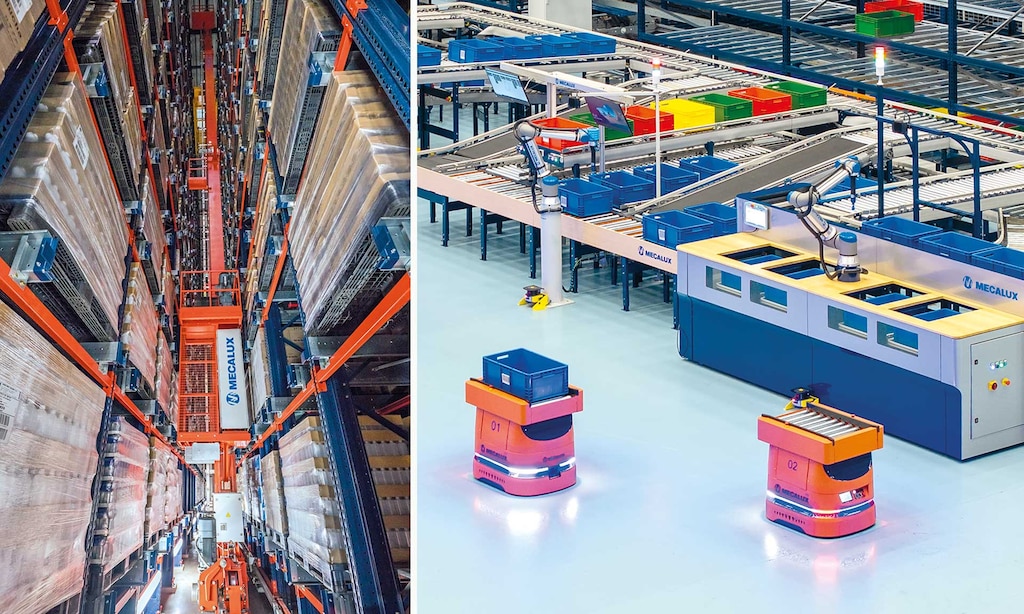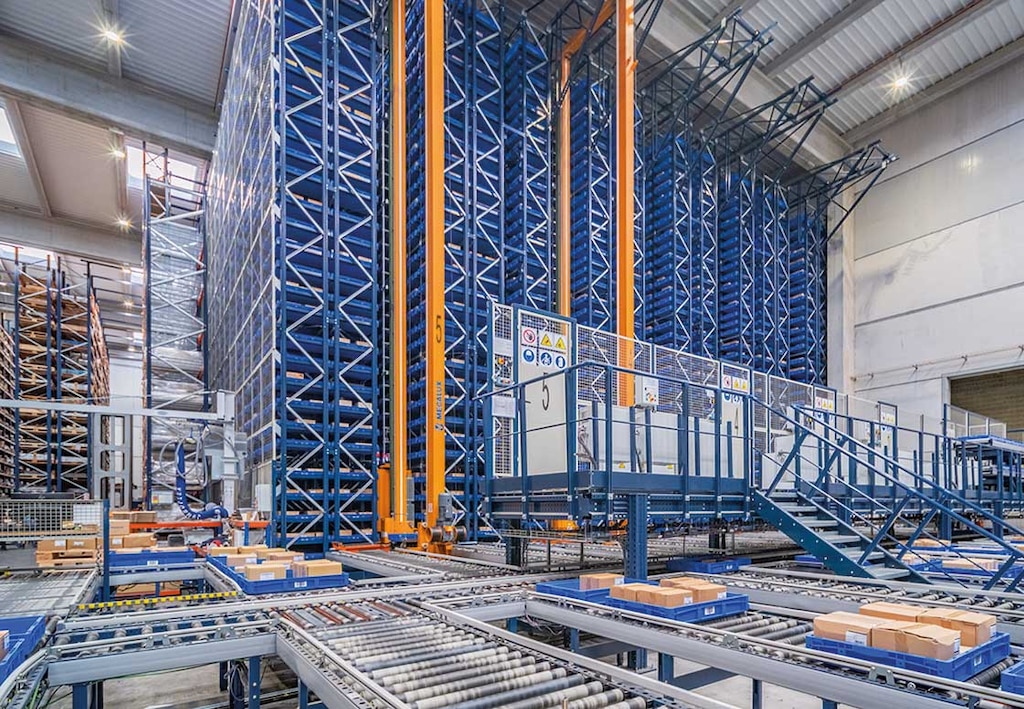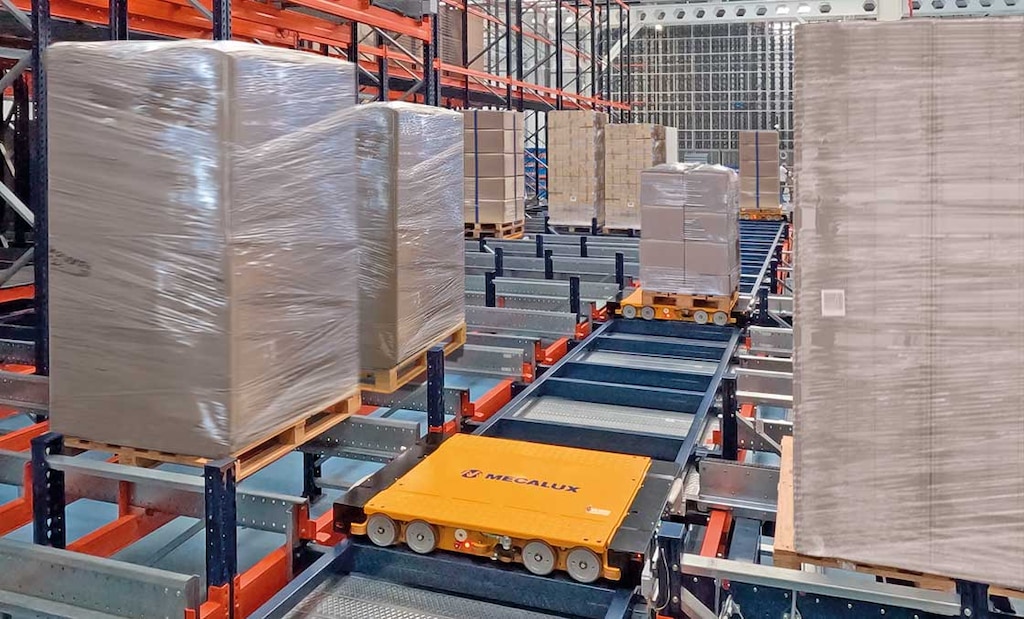
Integrating robots and automated systems into a logistics facility requires multiple layers of control working together. Each software solution fulfils a specific role. The warehouse management system (WMS) oversees operations at a global level. Meanwhile, the warehouse execution system (WES) orchestrates the daily activity of the automated facility. And the warehouse control system (WCS) sends direct commands to the equipment.
WES: More agile warehousing
The WES coordinates all the elements of an automated warehouse: it allocates resources, sequences tasks and accelerates workflows in real time. At the same time, it minimises downtime and helps maintain a steady operational pace.
WES solutions enhance the performance of automated systems by assigning resources, sequencing tasks and improving workflows
WES solutions also streamline picking in both automated and hybrid processes by treating all facility resources as a single ecosystem. While a warehouse management system (WMS) provides an overall view and enables strategic planning, in automated facilities, the WES efficiently prioritises resources and movements based on real-time availability. Mecalux integrates native WES functionality into its Easy WMS, delivering an end-to-end solution that ensures traceability, maximum efficiency and comprehensive inventory control.
By directing task execution and resource allocation, WES software raises operational efficiency. When unexpected situations arise, it proactively reorganises assignments and task priorities to adapt to shifts in demand and operational constraints.

WCS: Direct control of machinery
Equipment such as stacker cranes and conveyors requires a system to execute their physical movements. A warehouse control system (WCS) enables these machines to interpret the orders sent by the WMS. The WCS relays these instructions to a PLC or industrial PC to coordinate the movement of goods via automated equipment. During this process, the WCS maintains constant communication with the WMS or ERP (enterprise resource planning) application with warehouse management capabilities.
A WCS executes the physical movements of machines such as stacker cranes and conveyors
While crucial for any automated operation — even simple setups — a WCS alone does not maximise warehouse efficiency. For that, it works best when paired with a WES and/or WMS that ensures logical product placement, minimises unnecessary travel and maximises productivity.

Two options for different needs
While both WES and WCS solutions can work with a WMS, each has a different scope. A WCS alone can be limited, as it only controls machinery without coordinating complex processes. In contrast, a WES provides broader management of daily warehouse operations, making full use of available resources.
The most effective way to achieve a smooth workflow is to combine these systems with automation solutions from a single end-to-end provider like Mecalux.
